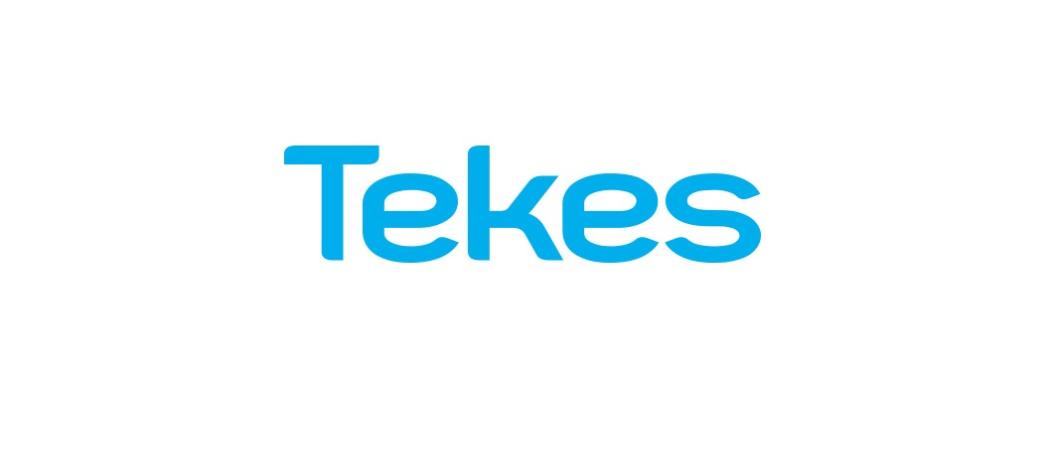
Finnish innovation agency Tekes – to be renamed Business Finland Jan. 1 -wants a a newly proposed EU agency, the European Innovation Council, to become an accelerator for the most promising enterprises. Europe’s main weakness in the field of research and innovation “is the inadequate performance of getting excellent research results into the market,” Tekes said in a policy paper about the EU’s next research Framework Programme, published 18 December.
According to the agency, the main priorities for FP9 should be defining the EIC’s role as a European accelerator for the most promising enterprises, developing scalable business-driven solutions for missions and societal challenges, and involving both large and small companies in research and innovation cooperation.
To achieve that, Tekes is urging for a total, seven-year Framework Programme budget from 2021 of “at least €120 billion where two thirds should be innovation funding.”
Also, Tekes is hoping that all member states will be “closely involved in the implementation of the programme” but rejects the idea of introducing quotas and regional criteria for selecting projects.
From the policy paper
- The EIC’s main focus should be in providing significant support to carefully selected breakthrough innovations. The EIC should work as an accelerator whose main goal is to help Europe become a true scale-up continent, able to grow our best companies into leading global players.
- Missions and challenges must be defined and executed in a flexible way. Their topics and themes must not be prescribed in too much detail. Selection of new missions and challenges during FP9 is important. Certain themes such as sustainable development, circular economy, health and digitalisation may be defined in a top-down manner, but it is necessary to allow also combination and crosscutting of themes.
- Excellence-based research can be considered the basis of FP9.
- FP9 should comply with the principles of high quality and open competition without Member State or other quotas or regional criteria.
The full paper is available here.





 A unique international forum for public research organisations and companies to connect their external engagement with strategic interests around their R&D system.
A unique international forum for public research organisations and companies to connect their external engagement with strategic interests around their R&D system.